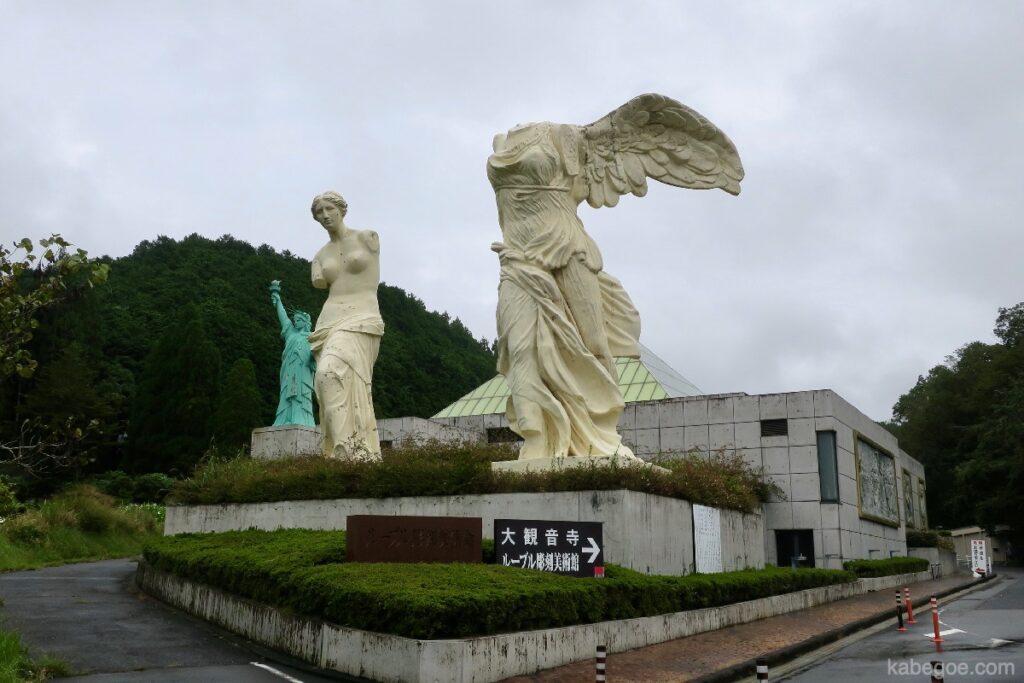
Article summary
・ It's a B-class spot by all means, but it's an official sister museum of the Louvre Museum.
・ A group of works modeled from the real thing
・ Surprisingly good access from the nearest station
What is the Louvre Sculpture Museum?
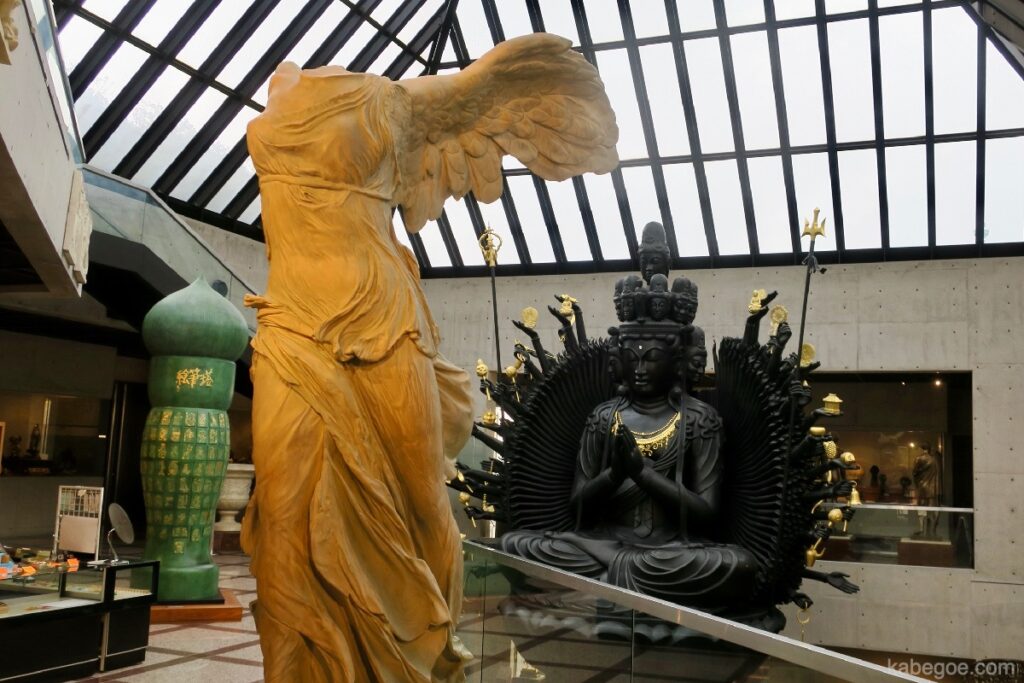
The Louvre Sculpture Museum is a museum located in the mountains of Mie Prefecture.
Although it cannot be imagined from the outside, it will be the only official sister museum in the world built with the full cooperation of the Louvre Museum.
Moreover, not only the works of the Louvre Museum but also original works are exhibited.
Therefore, there is a Senju Kannon statue right behind "Nike of Samothrace", and you can enjoy a combination that is not possible at the original Louvre Museum.
History of construction
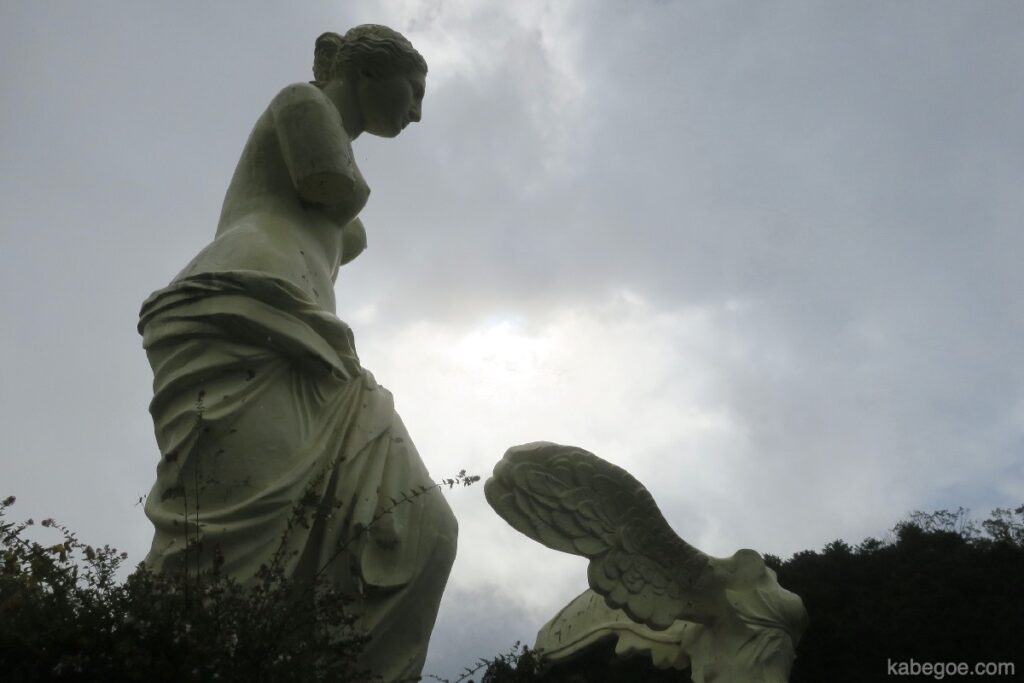
It started in the 40's when the first director, Yujiro Takekawa, watched "Venus de Milo" at the Louvre Museum.
After repeated negotiations with the desire to "somehow release Venus de Milo in Japan," we finally succeeded in obtaining permission to make a mold from a real sculpture.
It was the first time in the world that molding was allowed and the first time that a sister building of the Louvre was built.
Highlights of the Louvre Sculpture Museum
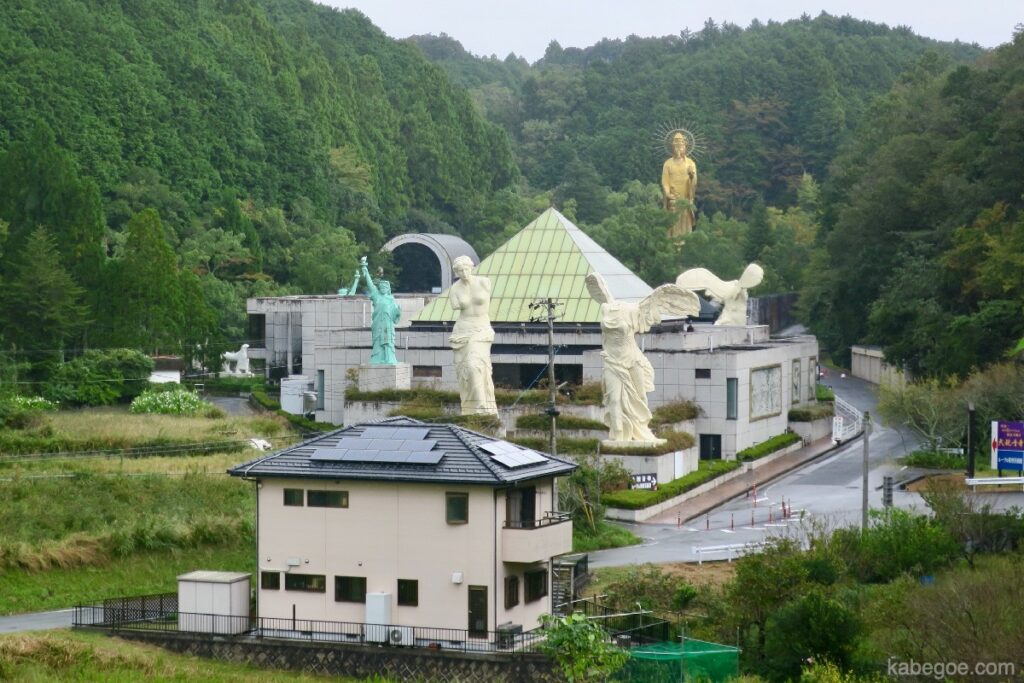
The first characteristic is its appearance.
You can see Mie Prefecture from Kintetsu "Sakakibara Onsenguchi Station", but you can only see it as a B-class spot.
Who thinks this building is the official sister building of the Louvre?
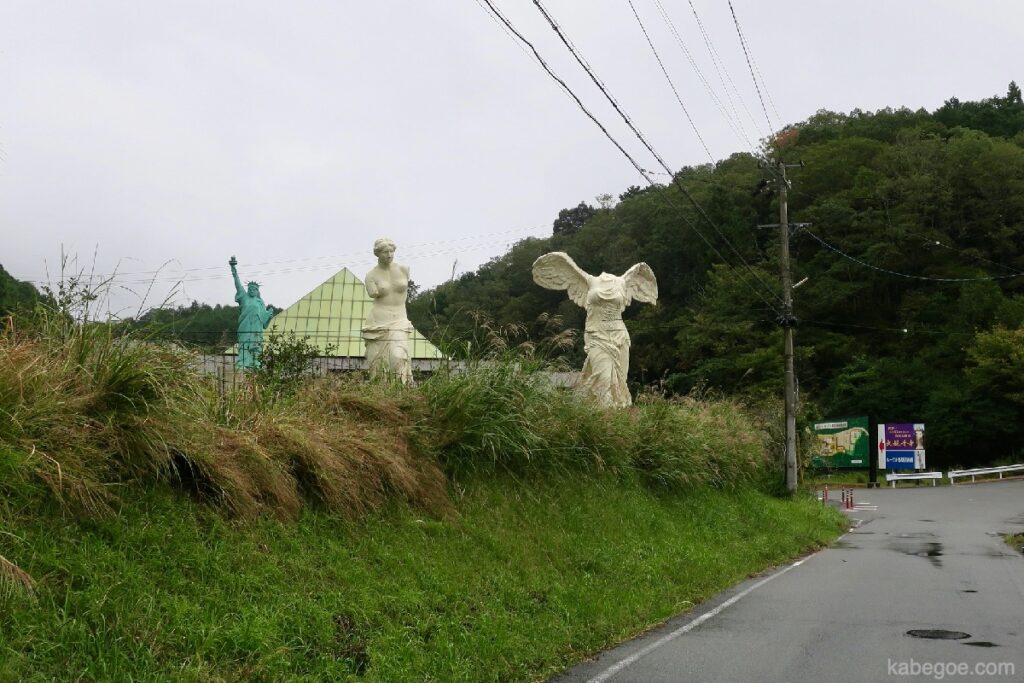
In addition to the size of the statue, I think the Statue of Liberty is accelerating the feeling of a B-class spot at once.
The Statue of Liberty was sent from France on the occasion of the 100th anniversary of American independence, so it is a work related to France where the Louvre Museum is located.
By the way, another set of the same statues are lined up on the other side.
Moses (written by Michelangelo)
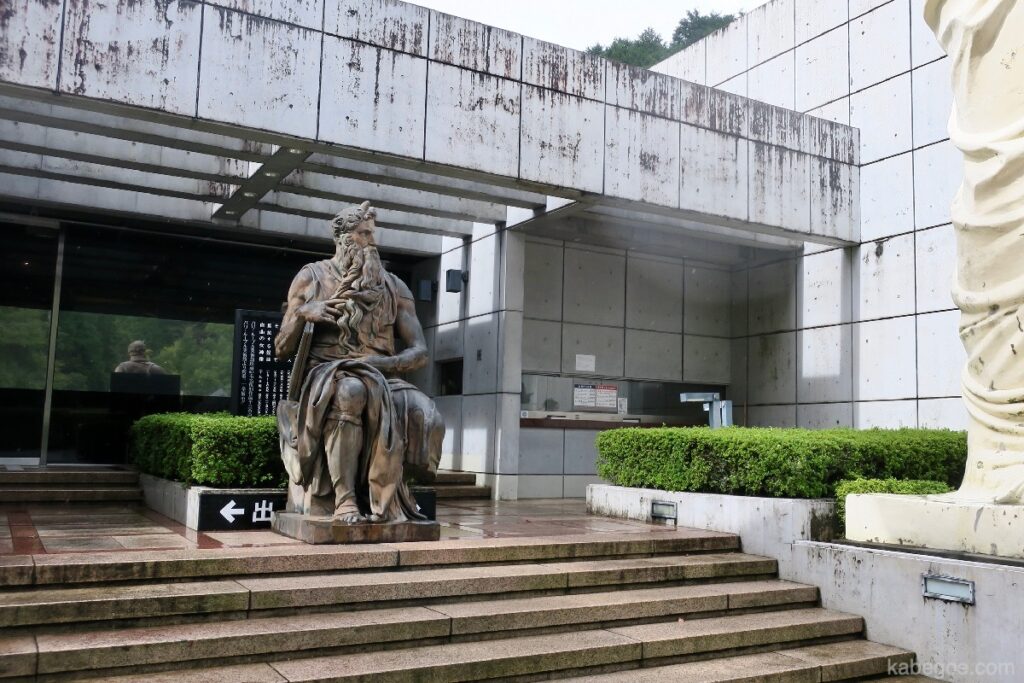
At the entrance, Michelangelo's "Moses" will welcome you.
It's a work placed at the entrance, but suddenly it's not the Louvre Museum, but the work of St. Peter's Basilica in Rome, but don't worry.
Nike of Tutankhamen and Samothrace, Senju Kannon and Statue of Liberty
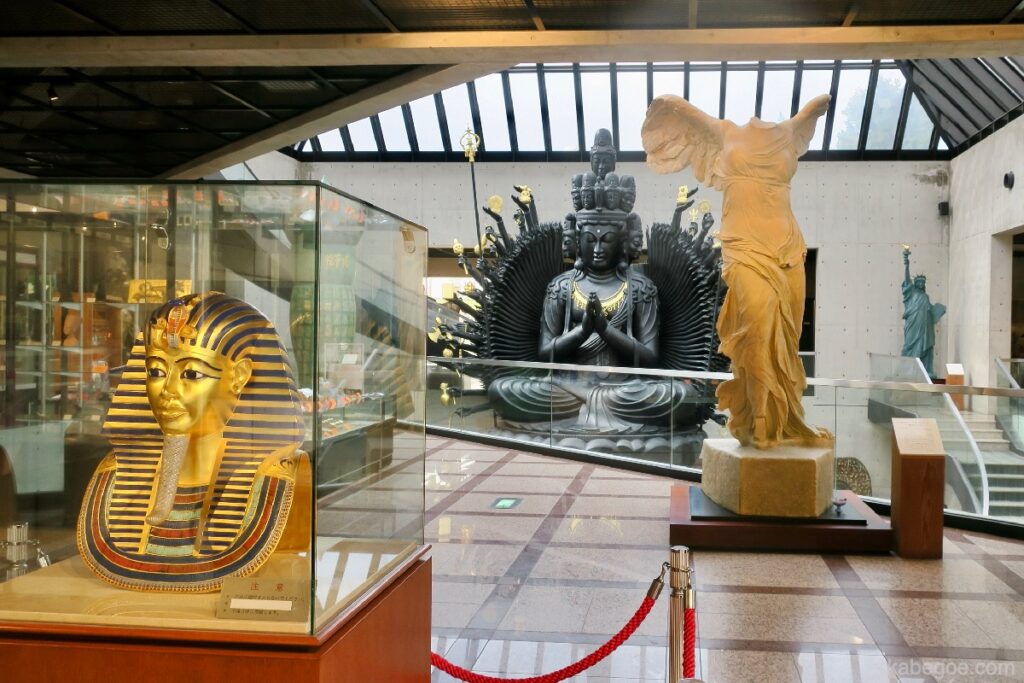
Once inside, the accelerator is already fully open.
I have no idea where to start.
Since all the works are famous, if you touch only the original Senju Kannon, it will become a rare Senju Kannon with a thousand hands.
Usually, 42 pieces are insisted on as Senju Kannon. (In Buddhism, the lost world is divided into 25 types, so the excuse is that "2 hands other than the two in the palm of each other save 40 types of worlds = 25 x 40 types of Senju Kannon." The production process is omitted)
Code of Hammurabi
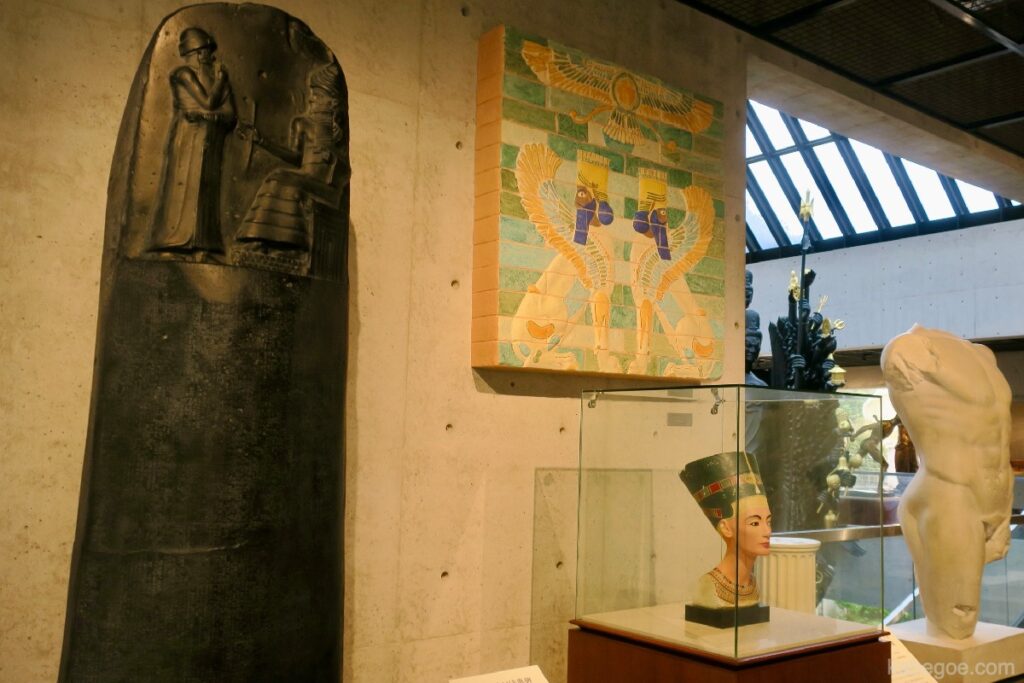
It is the Code of Hammurabi known as "eye for an eye, tooth for a tooth".
The height is about 2m, so the bottom of the photo is cut off.
In many textbooks, only the part where the king is drawn is listed, so some people may wonder, "Is it so long?"
I thought that the Code of Hammurabi was the oldest code in the world, but when I looked it up, it was the fourth oldest, and the oldest in the world seems to be the "Code of Ur-Nammu" made by the same Sumerian.
Venus de Milo
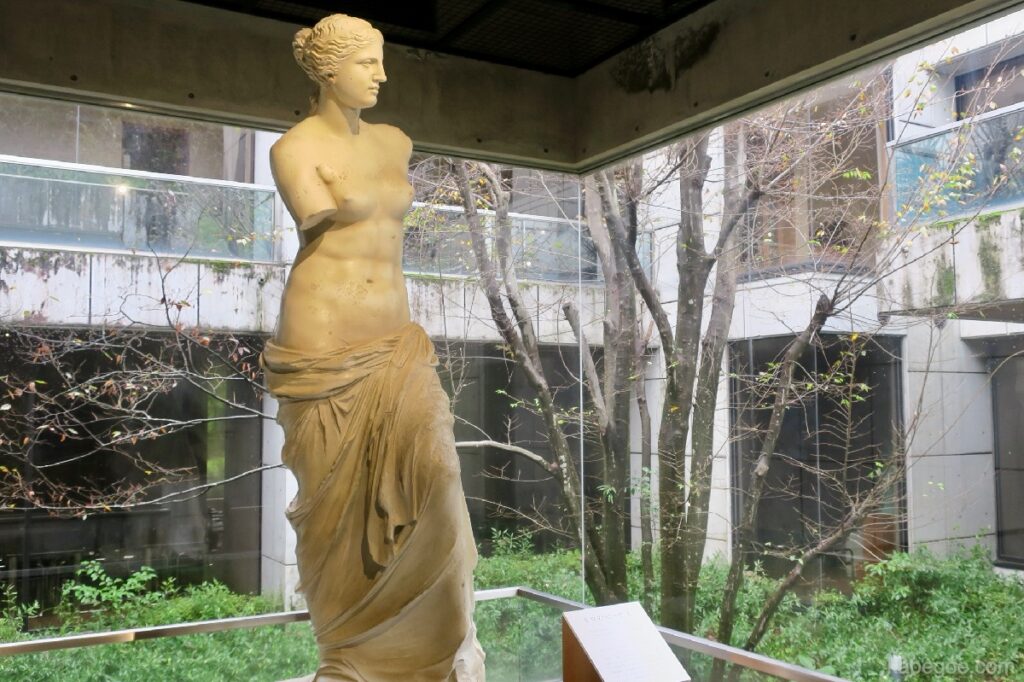
A masterpiece of Greek sculpture that requires no explanation.
The real Venus de Milo has only been out of France once, and only at the 1964 Japan exhibition.
In the year of the Tokyo Olympics, the Japanese government negotiated and managed to exhibit it at the National Museum of Western Art in Tokyo.
You probably won't see the real thing again in Japan, but you can almost always see the real thing here.
Napoleon's death mask
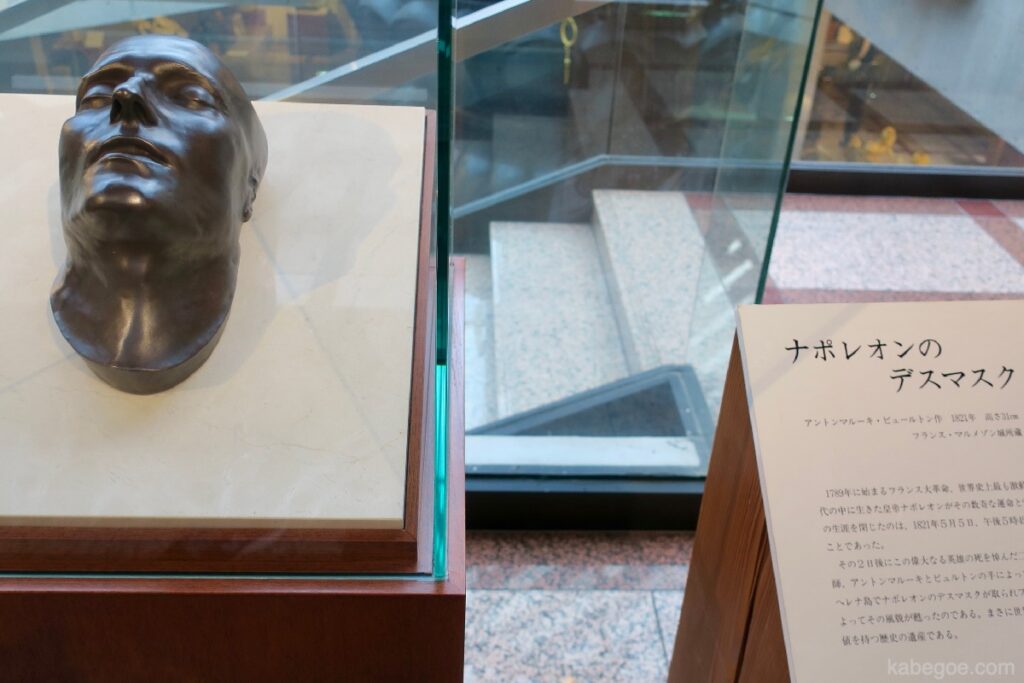
The face type taken immediately after death is called a death mask.
Natsume Soseki is famous as a Japanese death mask, but it was taken on the second day after Napoleon's death.
Napoleon is said to have been fat in his later years, but he doesn't seem to be that fat, probably because of his death.
It's been 200 years since I died, but I'm deeply moved to think that Napoleon's face can be seen in a foreign land far away.
Rosetta Stone
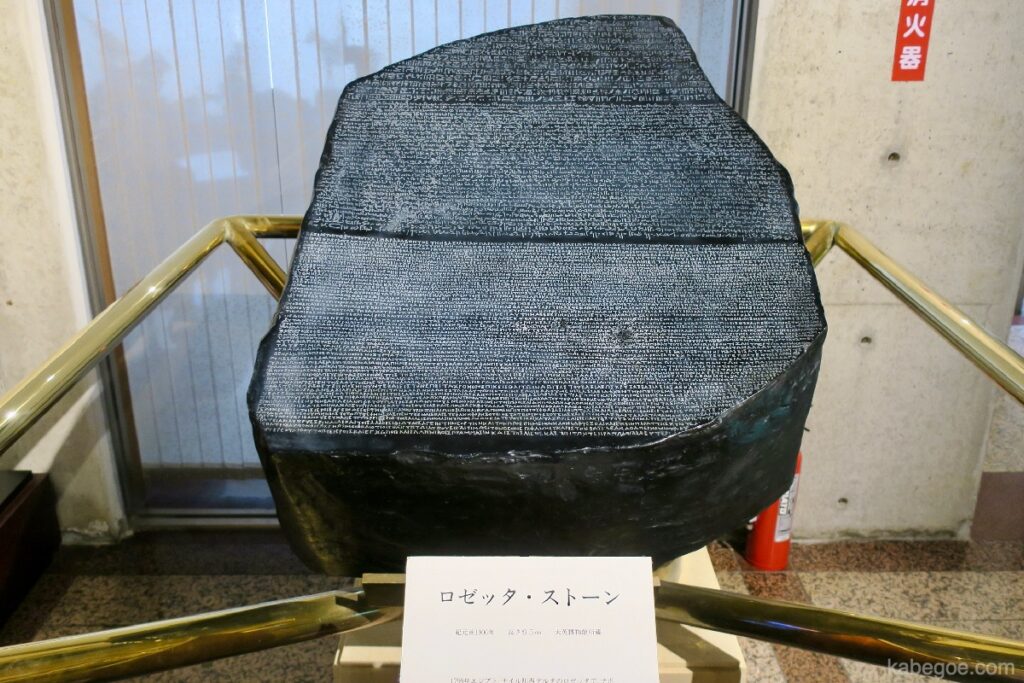
From the British Museum, Rosetta Stone is participating.
It is a stone monument that Napoleon discovered during his expedition to Egypt and triggered the decipherment of ancient Egyptian hieroglyphs.
The reason why Napoleon, a Frenchman, found it but is now in England is because he was robbed by a British attack after Napoleon returned from Egypt.
Oriental dancer (written by Schweini)
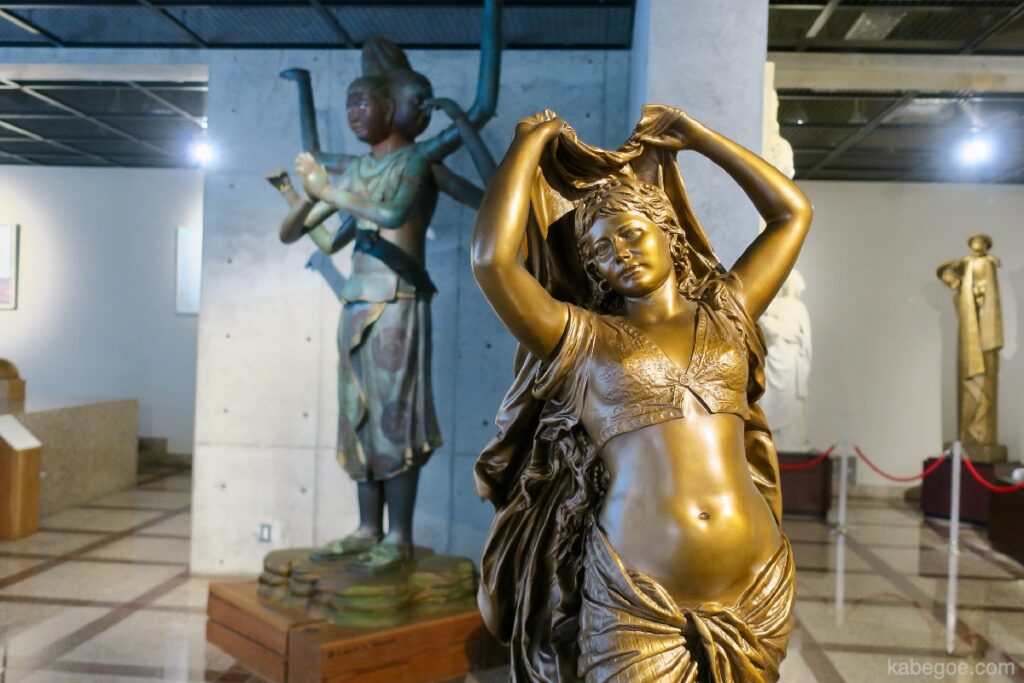
Of all the works on display, this is the one that I personally was most attracted to.
Even though it is bronze, I feel something like vitality for some reason.
It is a bronze work that makes the human body and inorganic substances stand out.
Lewis chess pieces
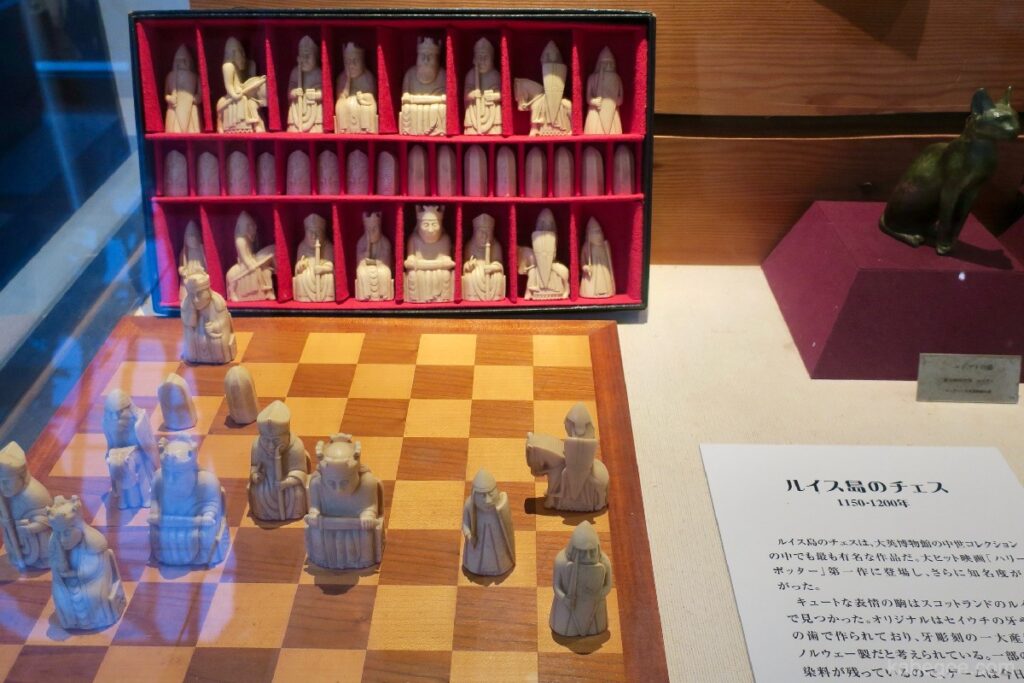
It is also used in Harry Potter and is often talked about as a "Lewis chess piece".
A fine sculpture made of walrus fangs.
Amor and Pushike (Written by Ottin)
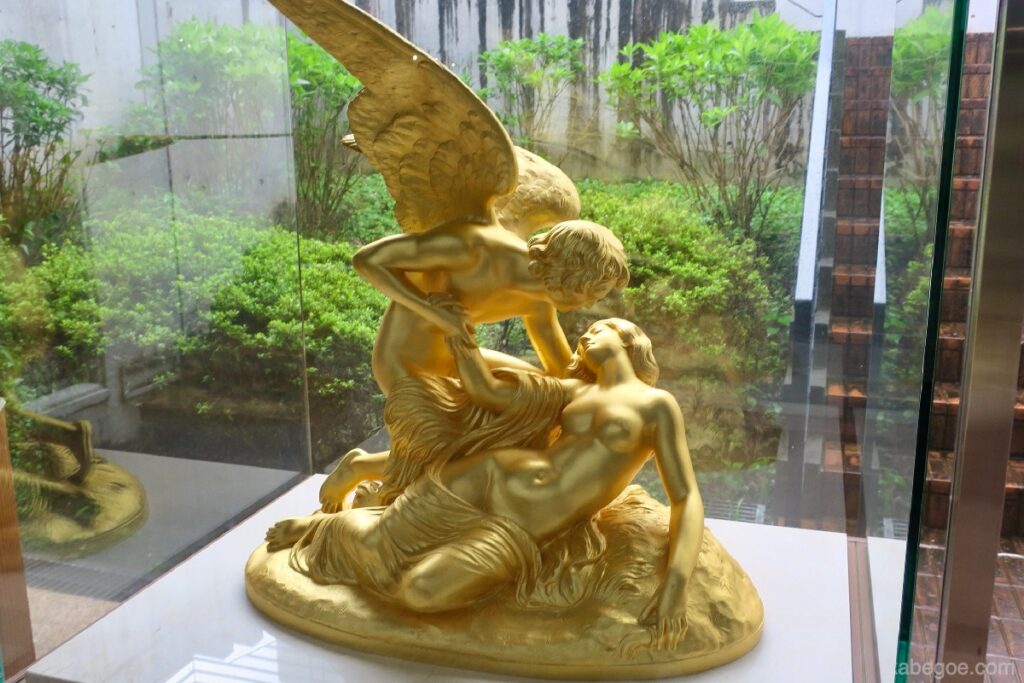
Roughly speaking, it is a scene where the human pusike, who was too beautiful and was bullied by God, awakens with the kiss of Amor (English name: Cupid) who has been supported from the shadow for a long time.
It is one of the originators of the story that awakens with a kiss, and is said to have become a model for a certain D * Nee work.
Discus image (written by Myron)
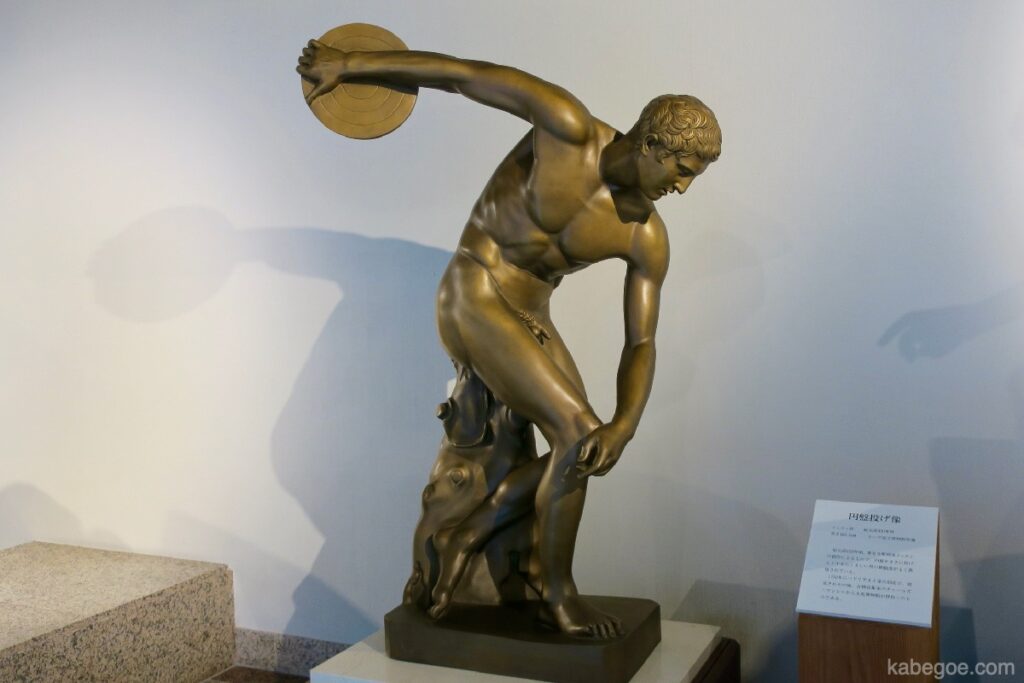
It is a discus image that is often used in the Olympics.
The British Museum has a famous statue in a similar pose, but the author is the same Myron..
Daikannonji
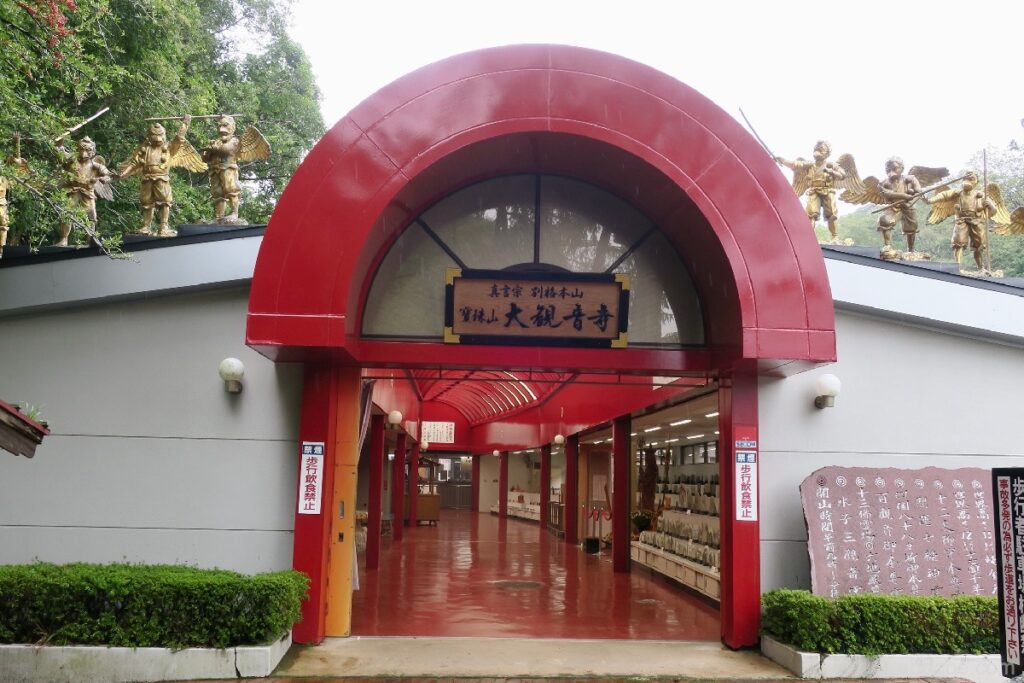
In front of the Louvre Sculpture Museum, there is a temple called "Okannonji".
The facility is as addictive as the Louvre Sculpture Museum, but let's visit together anyway.
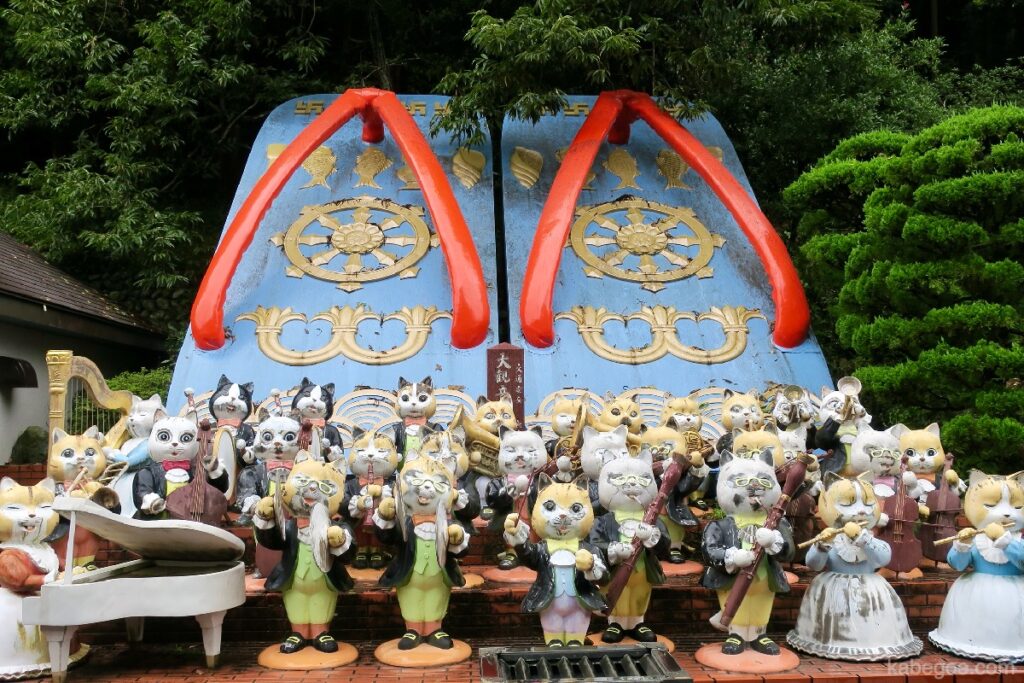
I would like to introduce it, though only a little.
A cat orchestra is on display near the entrance to Daikannonji Temple, but the reason is unknown.
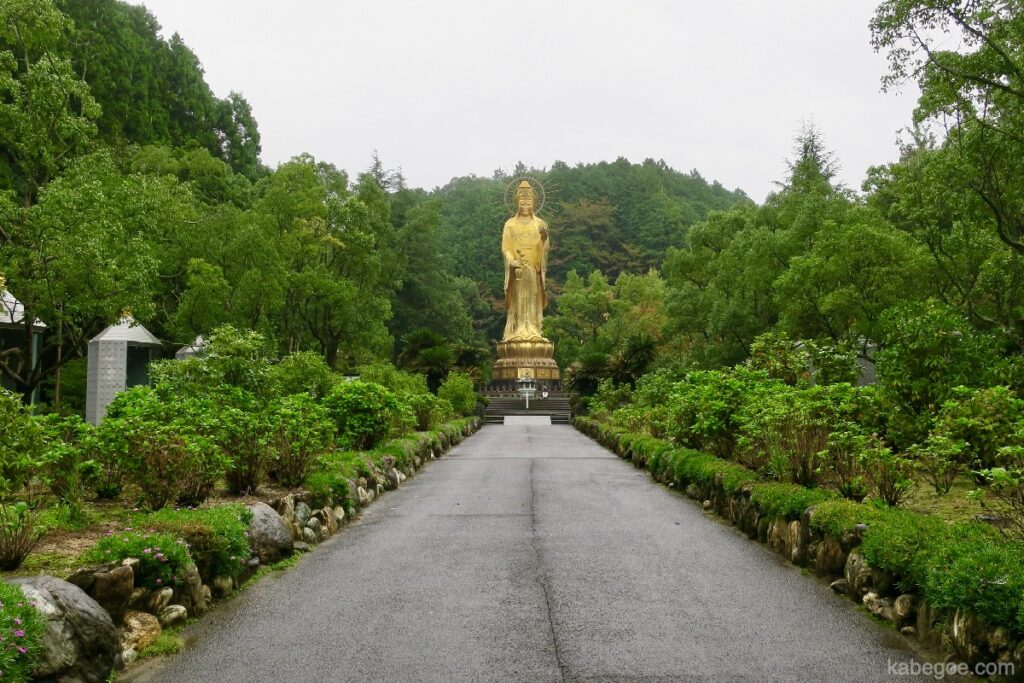
There is also a big Kannon.
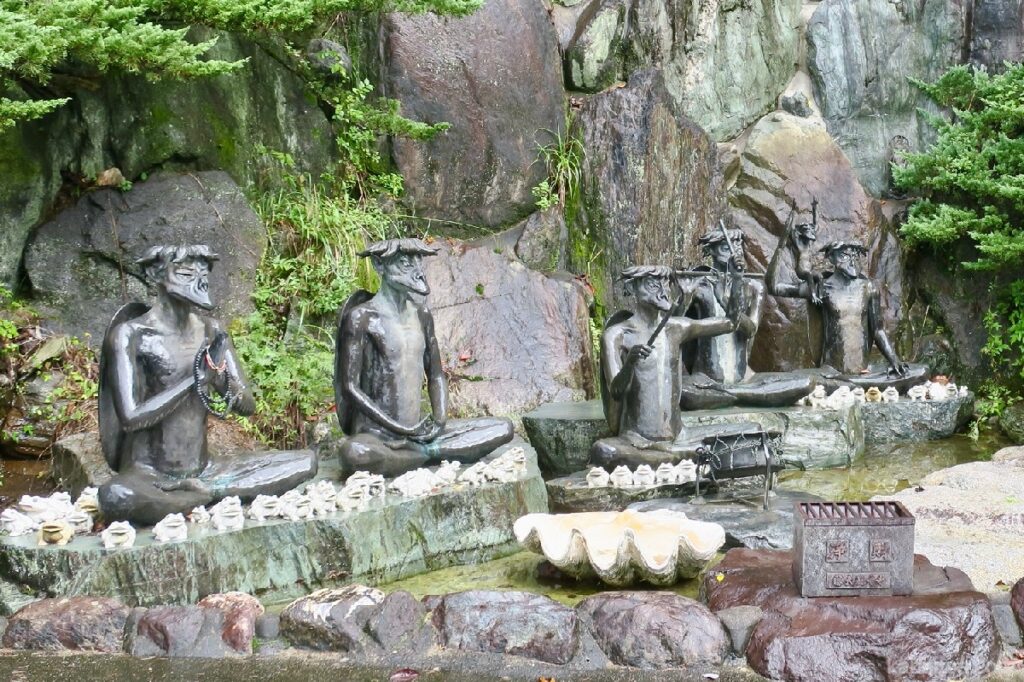
For some reason, the kappa also welcomes you.
Required Time
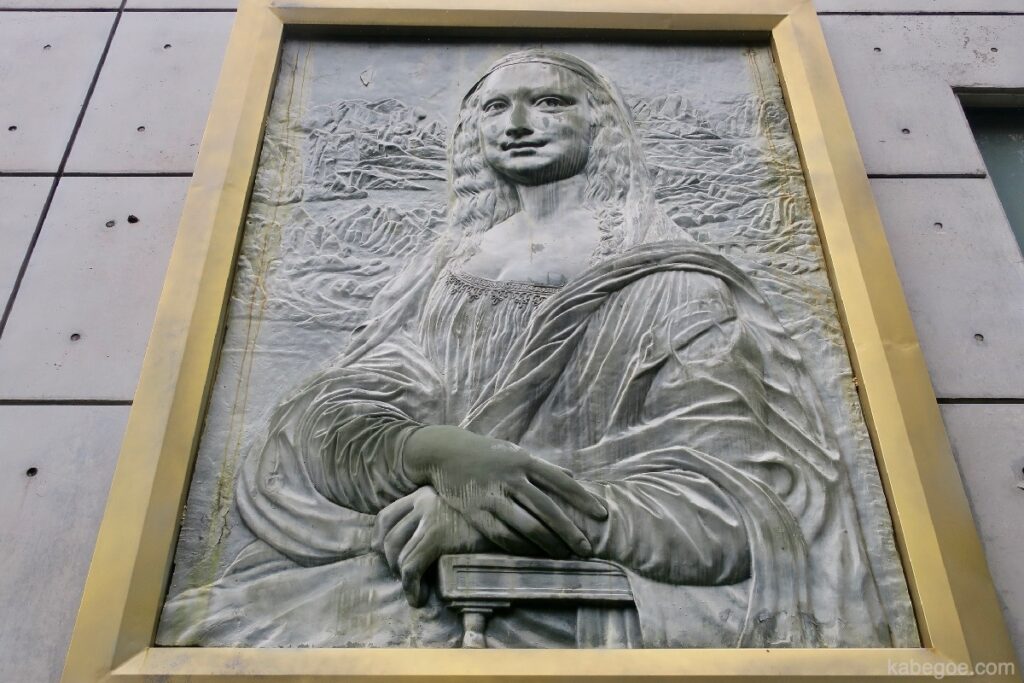
It's not such a large museum, so it takes about 30 minutes to go around.
I think it will take about 60 minutes if you take a closer look.
If you're going to a temple, you'll want to see it for a total of two hours.
Business hours and admission fee
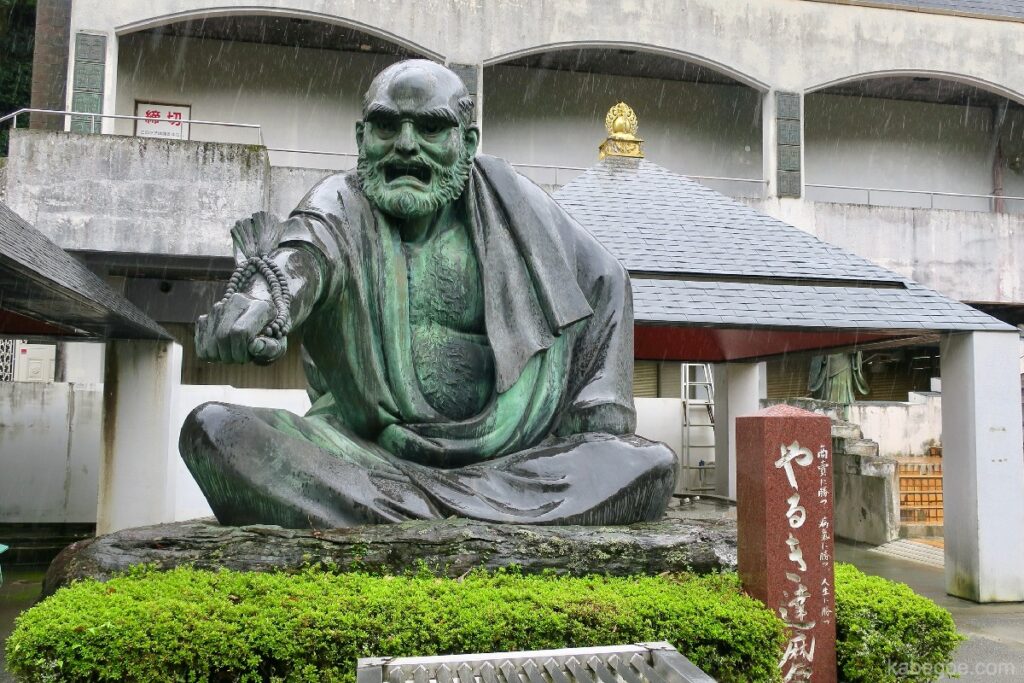
| Opening hours | 9: 30-17: 00 (last admission 16:30) | |
| Closing days | open every day of the year | |
| Museum Admissions Fee | Adults 1500 yen, 65 years old and over / students 1000 yen, junior high school students and younger 800 yen | |
| Official website | Opening hours and fees(Please check the latest information) | |
The price is reasonable, but if you show the coupon page below, you will get a 200 yen discount.
If you register on Facebook, you can even get a ballpoint pen.
If you set it with Daikannonji (usually 800 yen), the total will be 2000 yen.
Access

| Address | 515 Sada Higashiya, Hakusan-cho, Tsu City, Mie Prefecture 2621-1957 | |
| Phone | 059-262-1111 | |
| Electric train | 5 minutes walk from Kintetsu Sakakibara Onsenguchi Station | |
| Number of parking spaces | About 80 units | |
| Parking Fee | Free | |
| Official Website | Access(Please check the latest information) | |
It is a short walk from the nearest Sakakibara Onsenguchi station.
The parking lot is large, so you can access it for anything.
Map
Finally
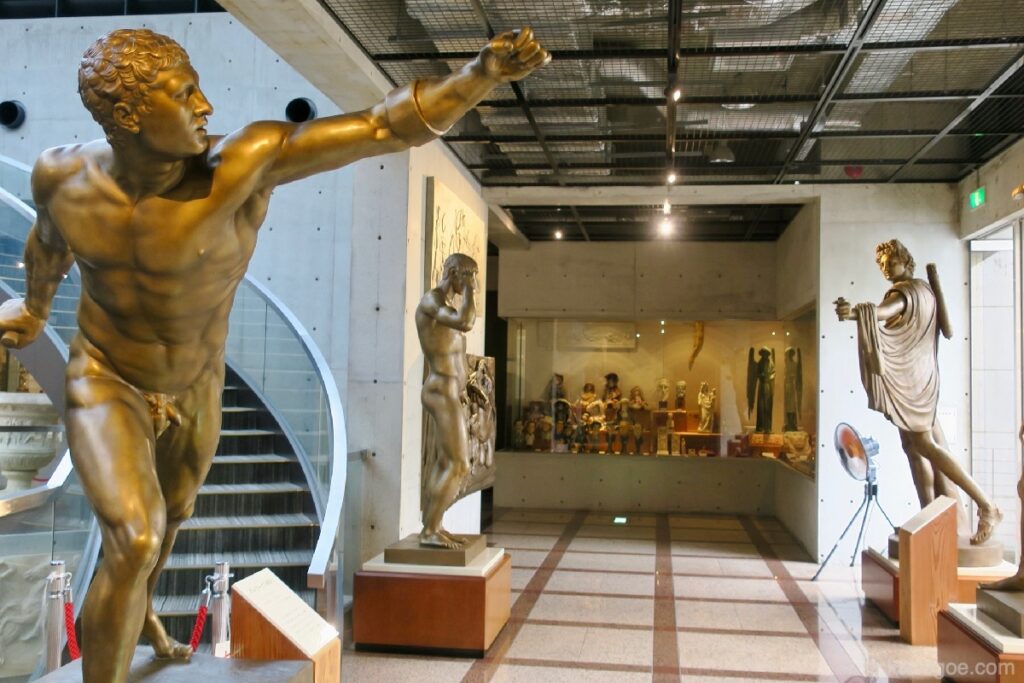
The Louvre Sculpture Museum is the only facility in Japan where you can see the Louvre sculptures..
The ruble's technical team is making all-out efforts, so even honest replicas do not really tell the difference from the real thing.
(If it's a painting, the copy is usually flat, so it's easy to understand, but I don't know the sculpture ...)
Unlike the real thing, the distance to the work is very close, so art lovers should definitely visit.